|
Last month, I talked about my personal experiences, observations, and chatter with relation to padded sparring competition. Sometimes, things just don't make sense about certain aspects in the other style of training and I'm asking questions out loud that I know people often wonder about, too. Just because we aren't currently active in the padded sparring tournament scene, it doesn't mean we don't know how to do it. In fact, we know how to do it properly, thanks to the teachings of my instructor. So this month, I discuss how the majority of the drills they train in without the gear on doesn’t match up with how they play when they put the gear on, including limited armor application. Sparring sticks does not a warrior make. 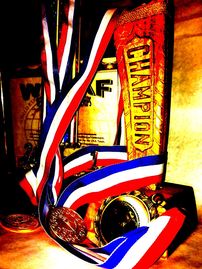 Pictured: For dramatic effect, some old, dusty and forgotten certificates, medals, and trophies that define being a tournament "player," not an eskrimador. You must understand and know the difference in the meaning of the word. Pictured: For dramatic effect, some old, dusty and forgotten certificates, medals, and trophies that define being a tournament "player," not an eskrimador. You must understand and know the difference in the meaning of the word. I truly applaud the Senator for his sense of nationalistic pride and desire to promote the indigenous art of the Philippines by encouraging the sport to be included in the international games competition. That is an ambitious and monumental task for someone in that role of government, and I wish him all of the success in that endeavor. To have arnis, or eskrima, be recognized in the right way on the world stage, would simply be amazing. On the other hand, I believe that a high-degree of quality in the instruction is what we need to promote FMA. I’m not talking about these die-hards who are regularly celebrating themselves on IG with medals and trophies in small-time, no-name padded sparring tournaments, like Grandma’s Boy, that mascot/stalker who keeps trolling me on Facebook privately (he should probably take it easy with blowing all of her money on smoking pakalolo). Rather, when you think about it, the whole tournament thing that gets sensationalized in that particular way, is counterintuitive to learning real eskrima. My instructor reminds us of that, and his emphasis in the training lies elsewhere, developing more important skills that can be used in a practical way, especially the use of the left hand and teaching the sensitivity and recognition in the fighting ranges. About 90% of the drills in that other style are also supposed to develop the left hand, but none of that comes out. All of their training is forgotten when they put the padded gear on for sparring, which means there’s a fallacy in that type of training. What was the point of learning the drills, other than to earn the belt? Conversely, why do they try to bother to learn the long strikes of GM Momoy and his later disciples from 1960’s and 1970’s when that doesn’t come out in their padded play either? None of the other groups in that other style are so eagerly promoting the old Doce Pares. In fact 15-20 years ago, they all used to talk badly against the old ways, instead sticking to what they have always taught, saying it was "much better." How interesting is that? As taught by my instructor, the methodology of GM Momoy’s Orihinal Disciples from the 1950’s and 1960’s contradicts the modern, sport-oriented sparring multiple-styles type of instruction, anyway. Ha-ha!
The sheep who follow this more recent type of contradictory training and try to dress it up on IG and Facebook by showing all of these videos, claiming unity in FMA and all of this positivity talk about #communitynotexclusivity are full of crap. Bob-and-weave in a padded sparring fight? Where is the skill from that? That is not even the science of eskrima. That’s called breaking the rules of engagement and not having respect for the weapon while wearing a custom fencing helmet. Plagiarizing my instructor’s words on "the science" in the training to control the other person isn’t accurately depicted in their chopped and screwed videos, either. Yet, that clone-in-law and his followers are so eager to network among other FMA masters and enthusiasts to promote themselves as being “on the level.” Weak. This makes it difficult for the public, especially their own naive students to distinguish what is real eskrima and what is not. This is the fallacy of training in the other style and nurturing a tournament-type mentality that they're somehow proficient in eskrima in a general sense. Those are the same contradictory clowns who admittedly study videos of my instructor and his current and former students, trying to find a clue and make sense of what they can only aspire to do in padded competition. Whatever it is they're doing, it's just not gonna work. The total, mindless disconnect from their weapons-based training and how they actually spar is apparent. While they might have maybe half of the parts, it really doesn’t matter, because they don’t have the instructions on what to do with them, especially not from repeatedly watching videos of my instructor. You see, no matter how many times they perpetrate like they have knowledge and they are the best, they still seem to lack an important attribute, a missing ingredient, really. While students hype their claim to program others and over-explain finding pathways to something, they still lack specific, worthwhile habits which should have translated over from their die-hard training. My brothers and sisters-in-training, those who are seniors to me by years of training with our instructor, have achieved the highest level of competition, while the seniors of the mascot/stalker can only dream. So what’s the point here? The FMA community is being faced with a dwindling number of genuine methods of instruction. Decades after the unification of FMA styles in a sport-format meant to provide safety, prevent unnecessary death, and somehow maintain aspects of the fighting art, there exists a movement to widely promote the Philippine national sport on the international stage of competition. Here in the Western U.S., the problems with that are twofold: some of the current, low-level tournaments are being run by unscrupulous people who would do anything to make a dollar and promote their school, their inflated rank, exaggerated ability, or their style; the other is that beyond the superficial draw to get more people and promote FMA by way of tournaments, people seem to fall under the misconception that padded sparring competition is FMA, and vice-versa, thereby falling victim to the fallacy of the training they are so gung-ho for. The reality is that in these modern times, the padded sparring sport-FMA is only one aspect, with another aspect involving deep-rooted history, and yet another aspect of the fighting art methodologies spreading across islands, and then another about self-defense and survival, and so on. "THE GOAL IS TO DEVELOP A SPECIFIC SKILL." Padded sparring competition is not the whole story when it comes to the fighting arts of the Philippines. There are people still out there in the world searching for real eskrima. According to my instructor, most of the mature eskrimadors he’s encountered in his travels, especially those in Panay, are saddened by the phenomena of sport eskrima. He will also explain his views on the science of eskrima, how to develop mastery and find meaning in the movement that he teaches, and how to identify the fallacies in the training. My instructor teaches that the padded gear is good for safety reasons and also allowing for impact at targets. According to the systems he teaches, we train in the rules of engagement with the padded gear on, the point being to develop strategies in hitting and not getting hit in return. He just thinks about eskrima on another level, and we are so fortunate to have that ongoing discussion with him. To me, this is the standard by which we must promote the Filipino Martial Arts - by having credible people continue to explain the depth of their methodology and also explain the real history behind it. Through his instruction, we learn that there is a benefit to using the gear and sparring with all of the padding when the goal is to develop a specific skill. The difference is in how the padded sparring is taught. All of the hoopla and the hype tied to name associations, earning belts, winning trophies and medals is secondary.
I wish we could make the opportunistic fakers I previously discussed go away, but perhaps that’s the influence of commercialism and materialism in the martial arts. While they have volume in numbers and figures, that doesn’t mean they possess the true essence and depth of eskrima. Somehow, they always seem to play dead and then suddenly multiply like roaches, for they still continue to take without asking, without conscience, nor remorse, and only seek to promote themselves at the next event, apparently in Las Vegas with a contradictory #noego. Sending a representative back to Cebu to learn all of the material in order to disseminate to the others ahead of April only proves that. But at least they won’t look as lost as they did at the last seminar. But then again, the rush of new material will be redundant at the next seminar, LOL! Plus, I'm still waiting for them to write a blog against mine, for a #hashtag does not a blog make! As we await the release of my instructor’s upcoming book, tentatively titled An FMA Journey, we have to keep in mind his ideas and training methodology when he asks, “What is your truth, from the beginning and now, [a] perception of what is written? [Is it] fallacy and/or personal development?” With this rationale in mind, I know that I’ve personally seen a growth and maturity in how my instructor teaches his eskrima. With all seriousness, he called himself a historian when I first met him on that fateful April evening in 2001. He was at the top of my list of martial arts schools to visit when I entered a search on Yahoo!. The experience took a dizzying 5 hours and he was sizing me up, trying to get an idea about what I actually knew about martial arts and FMA, maybe even see if I was crazy. He straight up told me that I didn’t have an “educated” hand, and I plainly admit that he was right. We talked for hours, eventually crossed hands, and he later gave me the permission to train on another day with his guys who were already versed in Wing Chun, JKD, Sikaran, Karate, Judo, Jiu-jitsu, boxing, Muay Thai, wrestling, law enforcement, military combatives, and some other fighting arts.
Looking back now, I can recall the heavy influence of GM Cacoy in how my instructor used his controlling left hand in conjunction with the right hand maneuvering the stick in the close range, and at the same time observed his expanding knowledge and application of the San Miguel System of Eskrima from the long-to-short, and translating that directly to the empty hands. Each time he met one of his personal goals in tracking down the remaining Doce Pares Orihinals, he gladly shared his details of the encounters as well as their knowledge of the training with GM Momoy, for each was unique and exclusive to that individual. Those experiences with the Orihinals made an impression and validated how he was already teaching us. If anything, they helped him to piece together the puzzle to many questions not answered in any existing printed books about the Doce Pares Club of old, and what their respective training methodologies emphasize, and the bigger picture about Cebuano eskrima and the transfer of that fighting knowledge across the Philippine islands. That little-known information is priceless, if you ask me. That’s my observation into the fallacies of that other style of training, because it’s more suited for sport and tournaments. Regarding my experience, I’ve trained with the world champions in my instructor’s stable of fighters, and I’ve picked up some big wins and just as many losses. That’s why I feel so passionate about what I’m seeing and writing about what I know, and that is all based on having a meaningful experience. So, for all of you out there, how does your experience measure up? Can you really say it was as authentic, if not more, than mine? My brothers and sisters-in-training would relate to me.
Let’s wax the philosophical and attempt to clarify something for a moment: "The truth is in the movement" is a phrase that the clone-in-law and his students took from my instructor. Well, that statement is kind of deceptive. If you really read it closely, you’ll notice that it has a question in that answer. The real questions to ask are: What is the Truth? In the movement? What is that truth based on? Is it one's own interpretation of the truth, or how we perceive the truth? The only way you'll know the answer is if you train in my instructor's methodology. Since the clone-in-law doesn't train with my instructor, the answer is the latter. My instructor taught us that to find the real truth for ourselves, you must first know the 5 Modules of the San Miguel System of Eskrima to discover the truth. Those modules - San Miguel, Bala-Bala Redondo, Estokada, Bad-ay, Bangga-Bangga - are a point of reference to find the truth in the movement, just like a history teacher needs written historical facts to base his teaching, not only because he said so. With that being said, my frame of mind is all about defining my experience based on my own personal development in eskrima, not bragging like how that mascot/stalker brags. I don’t need to be repeatedly validated like that, because I’m being sincere when I say that whatever superficial experience they’ve got going on over there - with only copying and repeating drills, earning belts, trophies, and medals - is far more limited to that sport and tournament style than they think or even realize. If only the students knew that fallacy, for when they read this, it’s Attack of the Clones all over again. In the meantime, we will continue to follow our instructor and dedicate ourselves to the higher purpose of promoting the deeply-rooted history of the Doce Pares Orihinals of NMODE--DSG, GM Cacoy, Nong Mawe, and the rest of the influences that make up Eskrima Combatives FMA.
2 Comments
|
AuthorThis is my blog, a collection of thoughts on my journey in eskrima. Archives
March 2020
Categories |
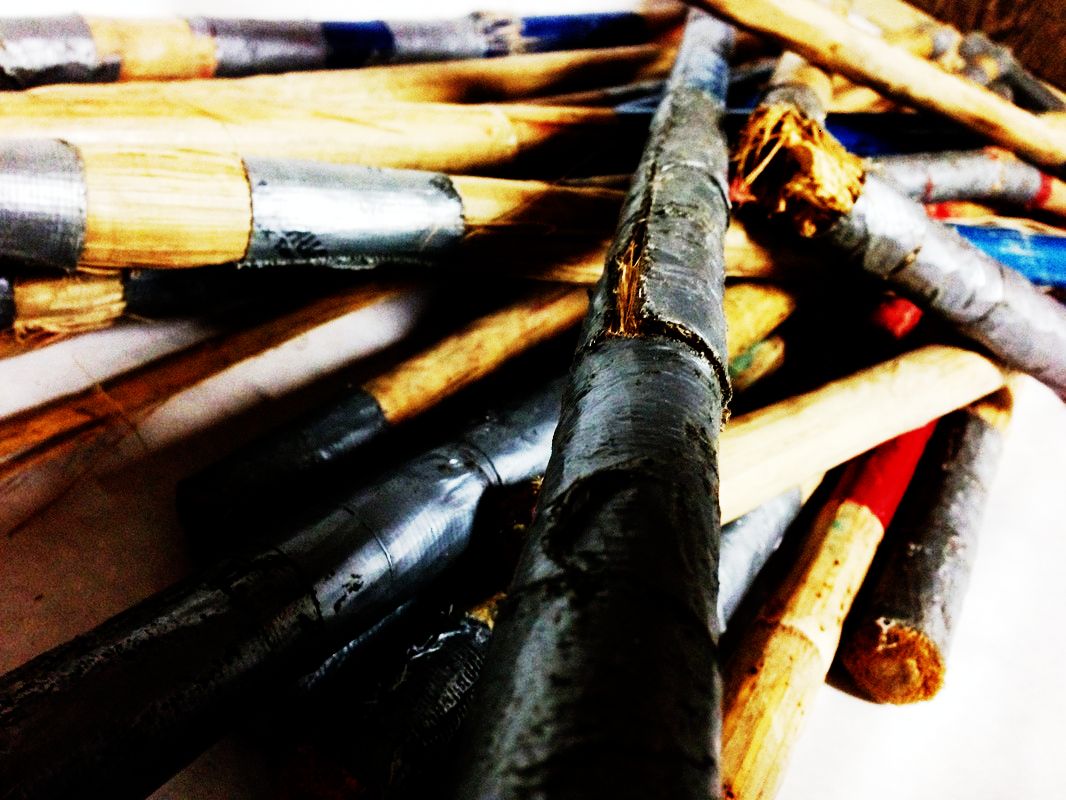
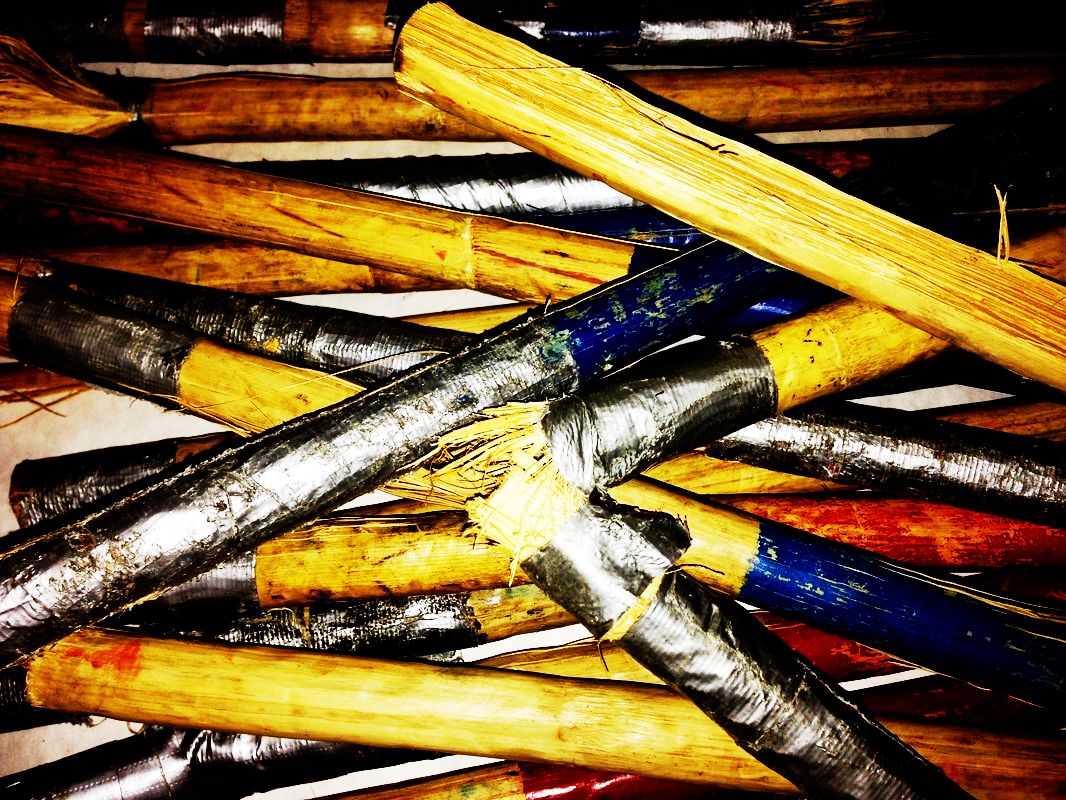
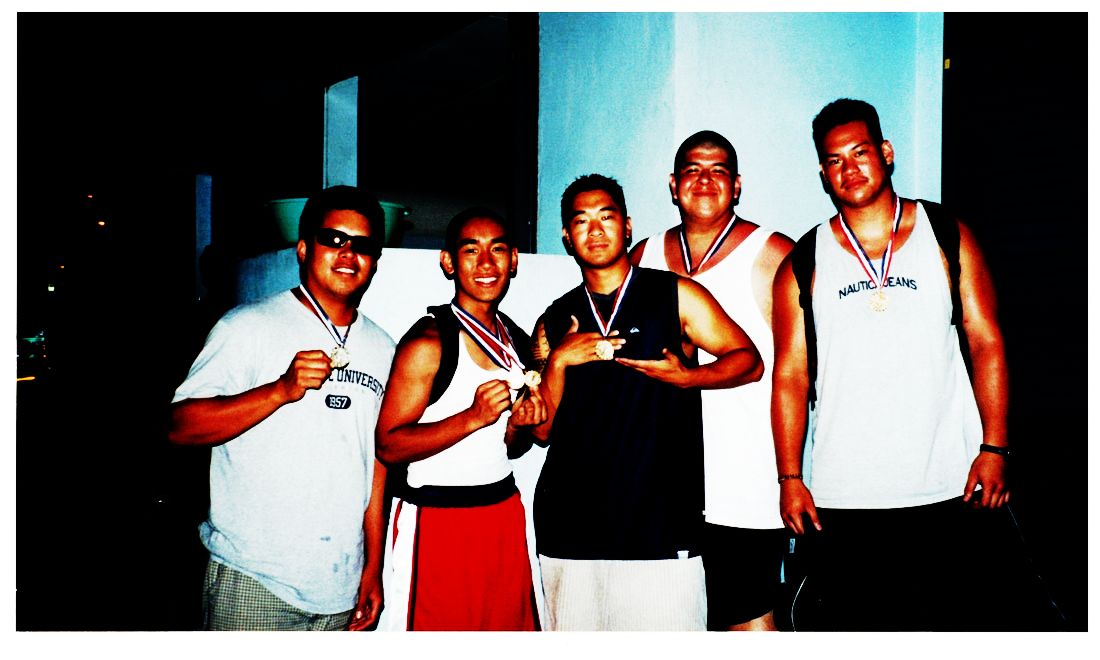
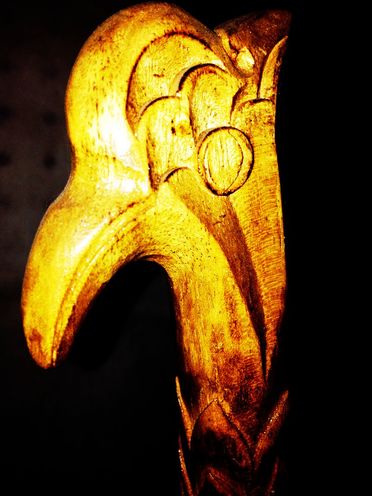
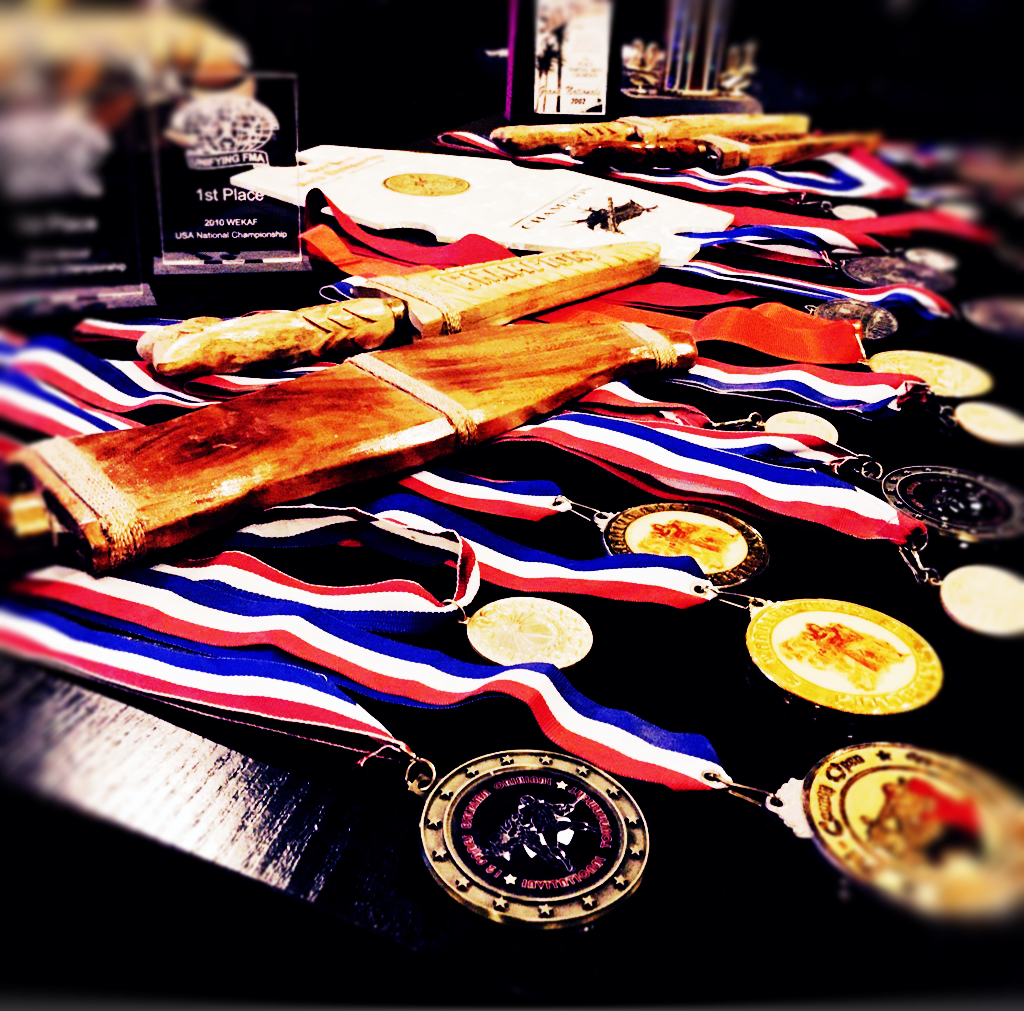
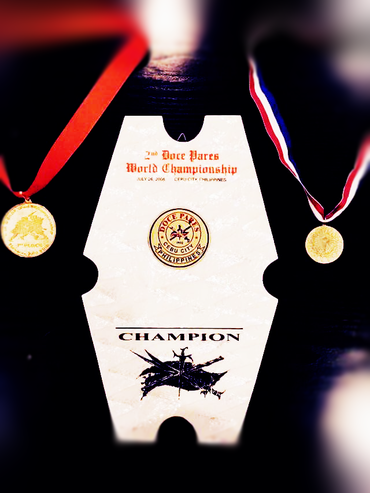
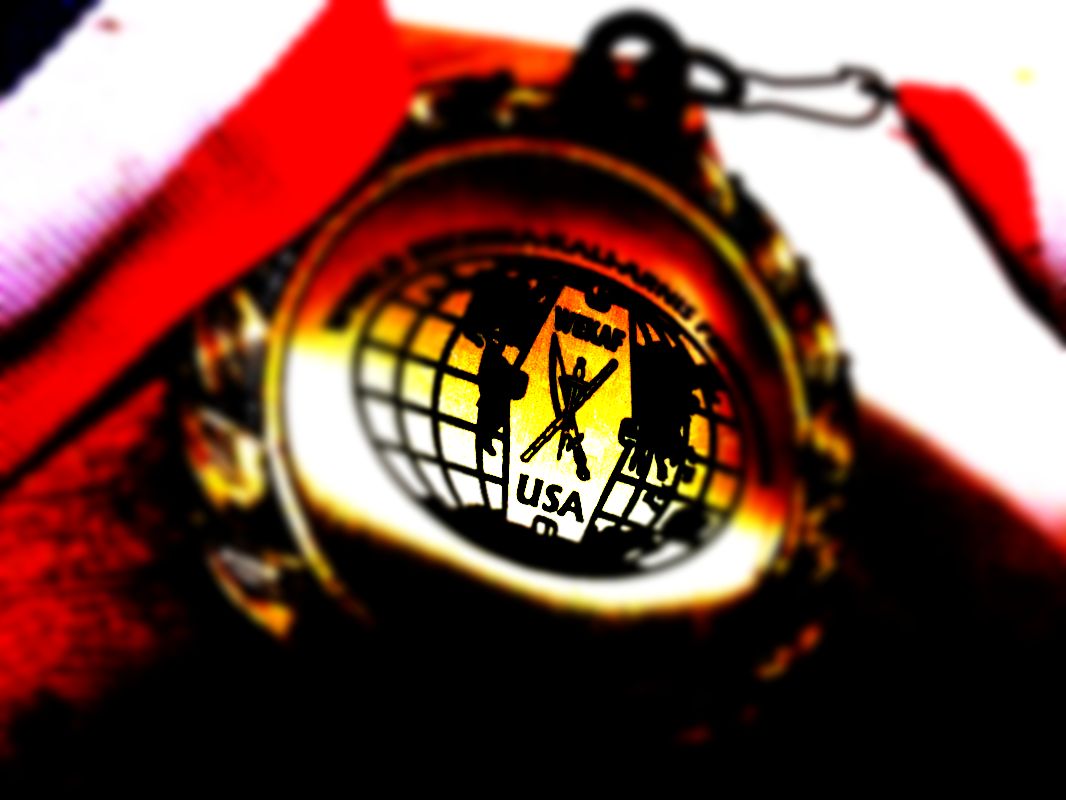
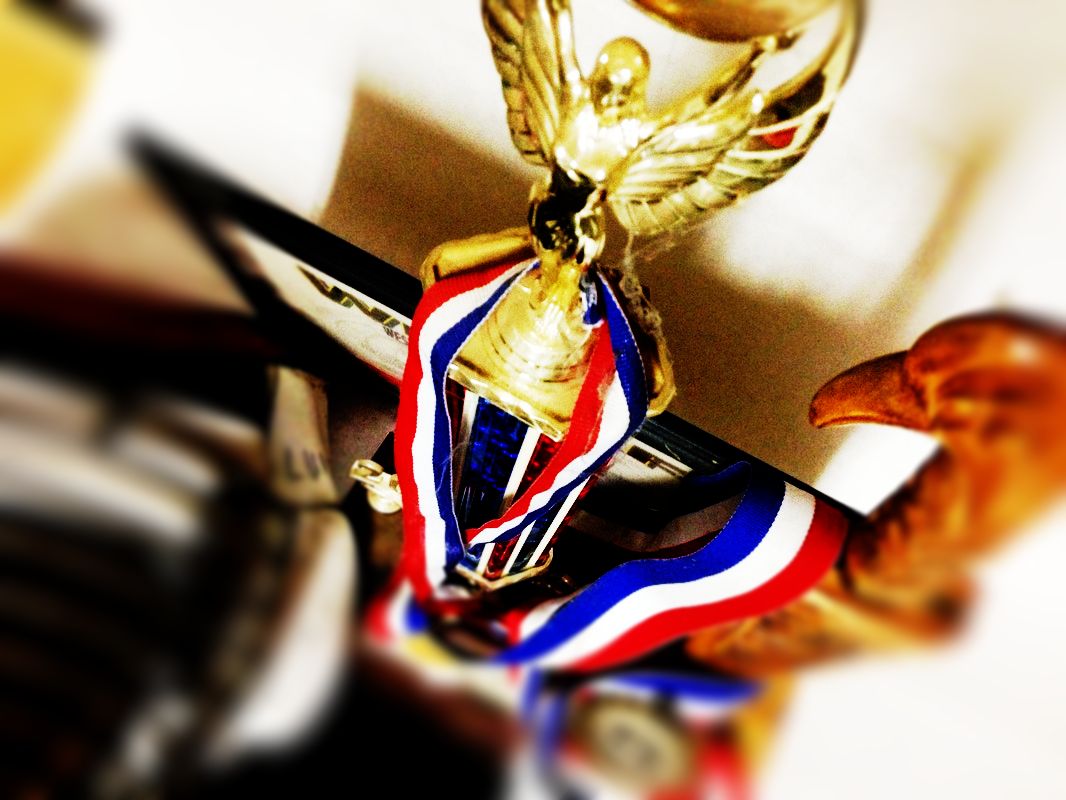
 RSS Feed
RSS Feed